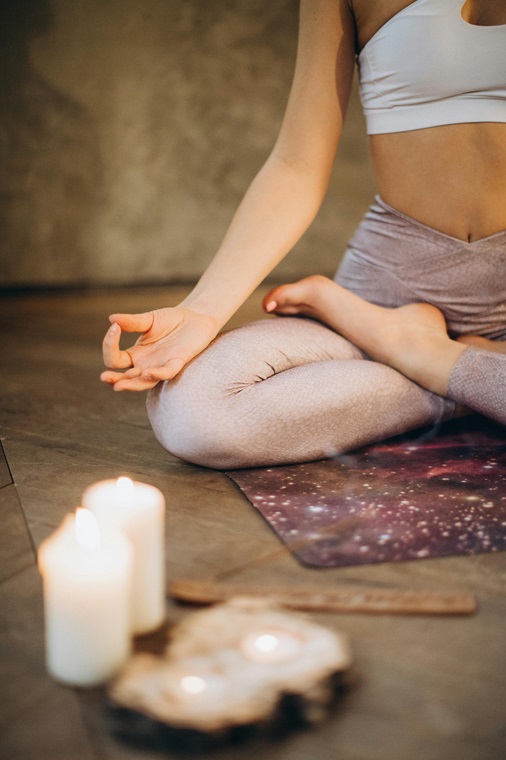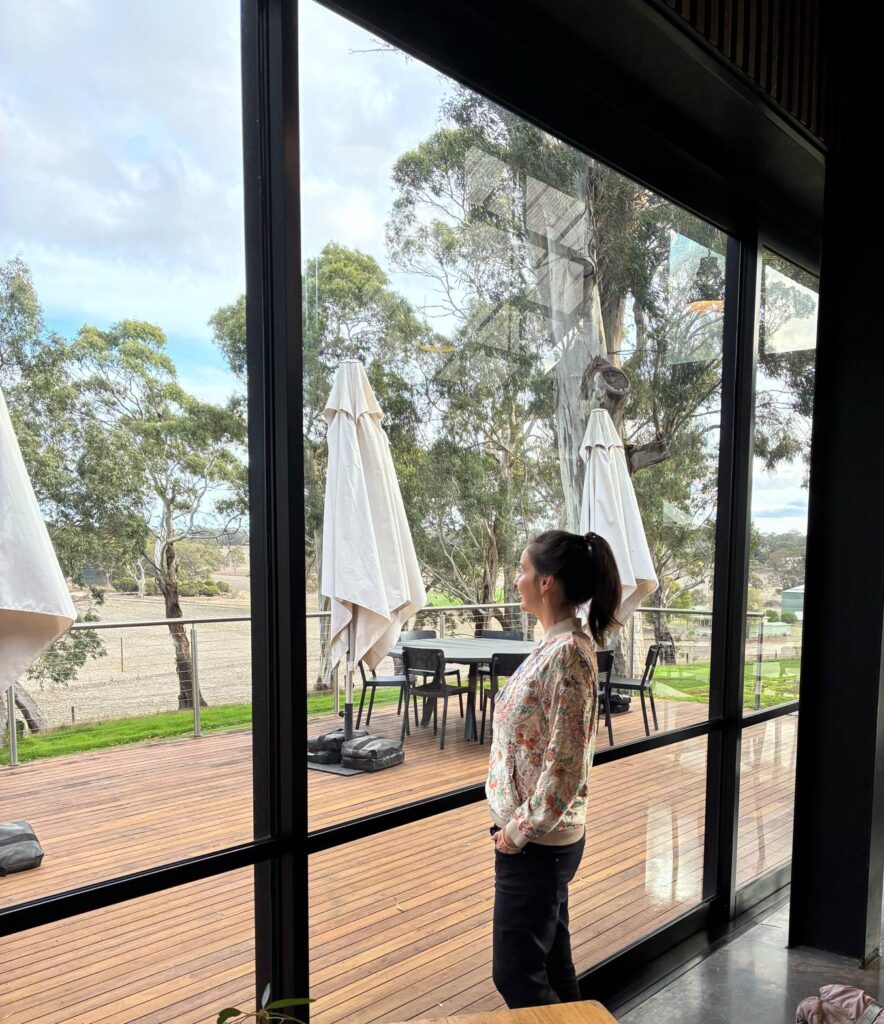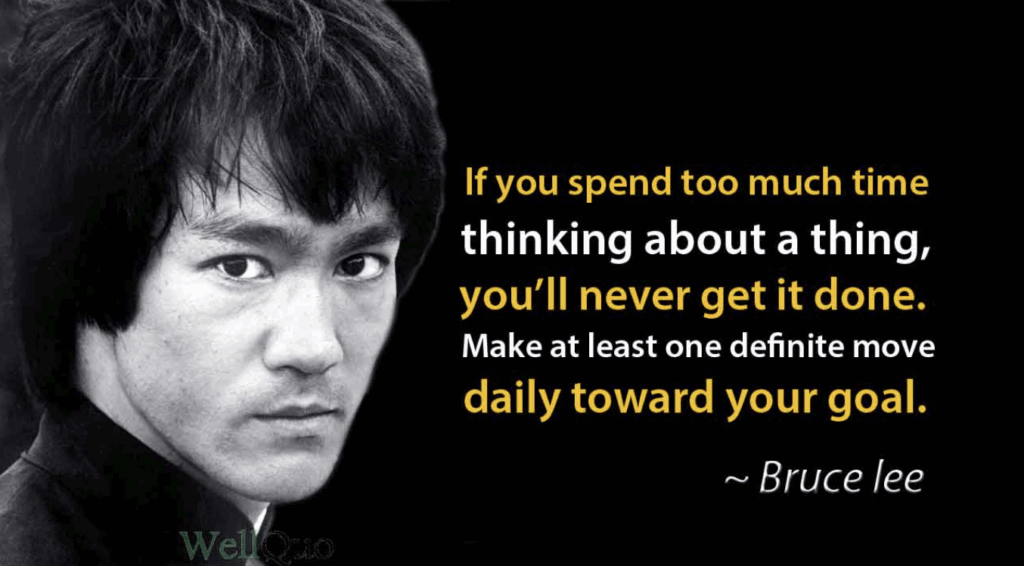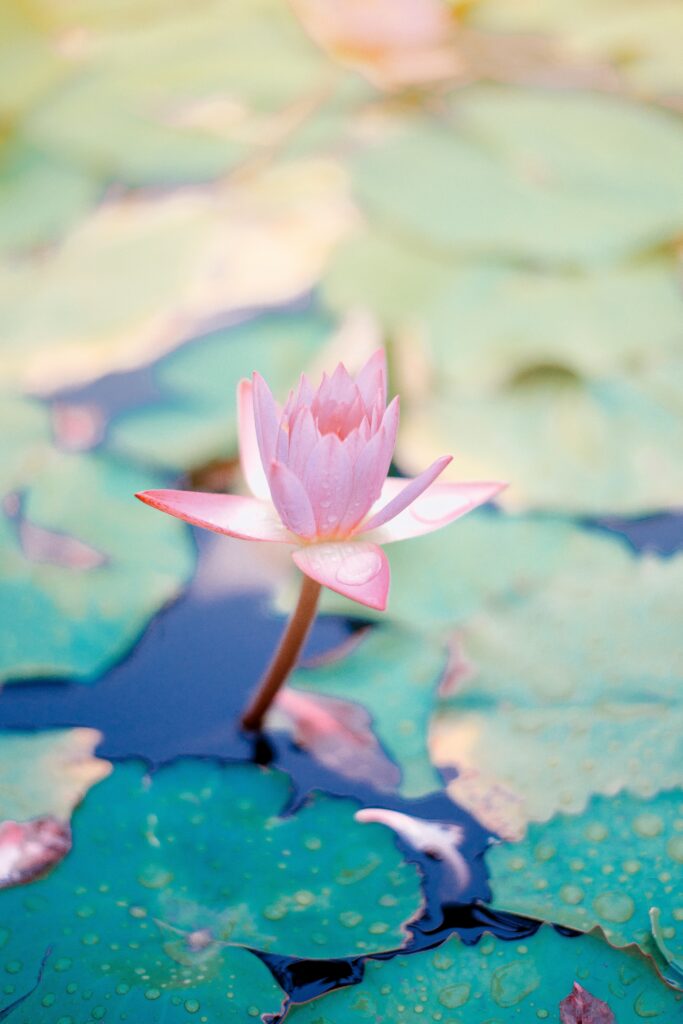You know those mornings when the alarm feels like a jolt and your mind is already sprinting through a to-do list? When the world asks you to perform before you’ve had a moment to breathe?
In that swirl of demands and distractions, gratitude and emotional resilience can feel like a luxury — or a buzzword from someone who doesn’t know your life.
But what if gratitude wasn’t another thing to do? What if it was a way to be? Be more calm, centred, grounded — even in the middle of chaos?
Gratitude meditation is not about forcing positivity. It’s about coming home to what’s already here. It’s a soft pause that invites presence, calm, and clarity.
And when practiced consistently, it becomes an anchor — a quiet, steady center from which you can meet life more fully.
How to become Calm and Centred by Focusing on What Is
We often think of gratitude as a list we write: things we should be thankful for. But real gratitude — the kind that changes how you feel and make you more calm and emotionally resilient — begins in the body.
It’s the warmth in your chest when you sip your tea slowly. It’s the breath that reminds you you’re still here. It’s the tiny recognition that, even with the mess and noise, this moment is alive.
Gratitude meditation is a moment of awareness, not a performance. It doesn’t require the perfect life. In fact, it meets you right where you are — especially when things are messy.
Gratitude’s Healing Power: A Clinical Perspective
Even in the midst of mental health struggles, gratitude can be a powerful catalyst for change.
In a study by Huffman et al. (2014), patients with problems were given 1 of 9 positive psychological exercises to do over 8 weeks, including writing a gratitude letter and counting blessings — including writing a gratitude letter and counting blessings.
The results were striking:
◦ Patients reported less anxiety and depression than those who received standard treatments.
◦ Patients reported the greatest benefit from the gratitude exercises, especially the gratitude letter.
This research shows that gratitude isn’t just a feel-good practice — it’s a tangible, evidence-based tool for emotional healing.
A Story From Zen: The Cracked Cup
There’s an old Zen story about a monk who carried a beautiful porcelain teacup. He loved it for its elegance, its smoothness, its balance. But one day, it slipped from his hand and shattered on the ground.
He knelt, picking up the pieces gently. A student, watching nearby, said, “Why aren’t you upset?”
The monk calmly smiled and replied, “The cup was already broken. I loved it while it lasted. Now I thank it, and let it go.”
Gratitude isn’t about ignoring loss, stress, or struggle. It’s about honouring the beauty while it’s here — and trusting that something meaningful remains, even when it breaks

“There is a crack in everything, that’s how the light gets in”
When Gratitude Feels Far Away
Let’s be honest. Some days it’s hard to feel grateful and calm.
When the bills pile up, the job feels like a treadmill, or the loneliness creeps in — gratitude might seem out of reach.
But here’s a simple reframe:
Your problems may be someone else’s dream.
The traffic jam you’re in? Someone else is praying for a car. The messy house that overwhelms you? It means you have shelter.
The child screaming while you’re on a work call? Someone else aches for a child to hold.
This doesn’t mean your challenges aren’t real. It means there’s more than one truth in the same moment. Gratitude is the lens that lets you see the whole picture.
🧬 Neuroscientist Dr. Tara Swart, author of The Source, explains:
“Gratitude builds new neural pathways, helping your brain adapt, heal, and become more resilient.”
You can train your brain to become your ally — offering more reasons to feel thankful, joyful, and grounded.
How to Practice Gratitude Meditation (Without Bypassing Real Emotions)
Gratitude meditation isn’t about pretending everything is fine. It’s about shifting your awareness to what still supports you — even when life feels heavy.
Here’s how:
- Sit or lie down comfortably. Close your eyes if that feels safe.
- Place one hand on your heart. Feel your breath rise and fall.
- Bring to mind something simple: sunlight on the wall, a hot shower, a kind word.
- Notice what it feels like.Where does that gratitude live in your body?
- If pain arises, let it be there too.Gratitude can coexist with other feelings.
- Whisper to yourself:“In this moment, I am safe. In this breath, I find calm.”
No forcing. No fixing. Just noticing.
How Gratitude Overrides Fear
Gratitude redirects the spotlight. Instead of obsessing over what could go wrong, you remind your nervous system of what is right.
Try this when you’re afraid:
- “I’m grateful for this breath — it grounds me.”
- “I’m grateful for my courage, even if it trembles.”
- “I’m grateful for the unknown — it means possibility still exists.”
Remember! Your Super power is your ability to choose not to let fear be the loudest voice in the room.
You can always choose a new word, a new perspective, a new response.
How to Wake Up Grateful (and Make It Stick)
Start your day before the phone scroll:
- As soon as you wake up, place your hand on your heart 🌞
- Think of 1 thing you’re grateful for before opening your eyes fully🌿
- Keep a mini gratitude journal on your nightstand 📝
Make it a ritual. Gratitude isn’t about perfection — it’s about intention.
Daily Exercises to Express Gratitude
-
Gratitude Breath-work: Take 3 deep breaths. On each exhale, silently say thank you.
-
Micro-Moments Journal: Write down one tiny good thing from today.
-
Gratitude in Conflict: In tense moments, ask: “What can I appreciate about this?”
-
Gratitude Mirror Work: Look into your own eyes and say what you’re proud of or grateful for.
Want Support on Your Journey?
If you’re ready to move from exhaustion to emotional steadiness… If you crave clarity, connection, and deep calm…
🌿 Book a free Reset & Resilience Discovery Call. Let’s explore how practices like gratitude, breath-work, and subconscious healing can support your unique path.
👉 Book your free call here
“Gratitude turns what we have into enough.” — Melody Beattie





